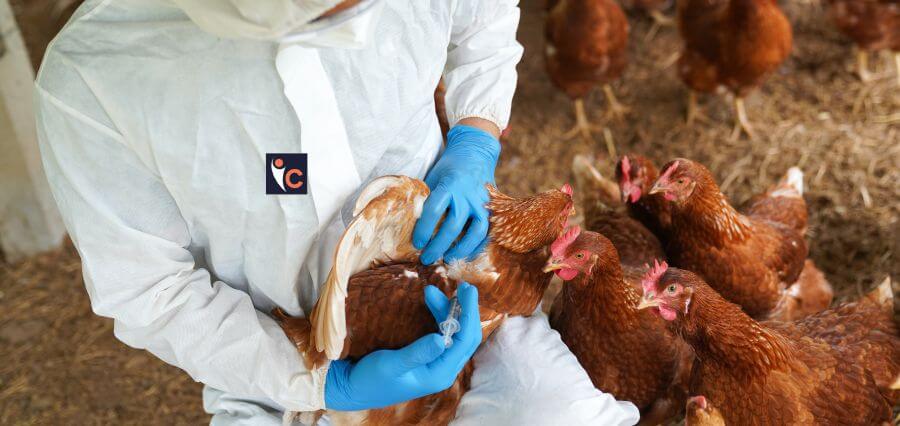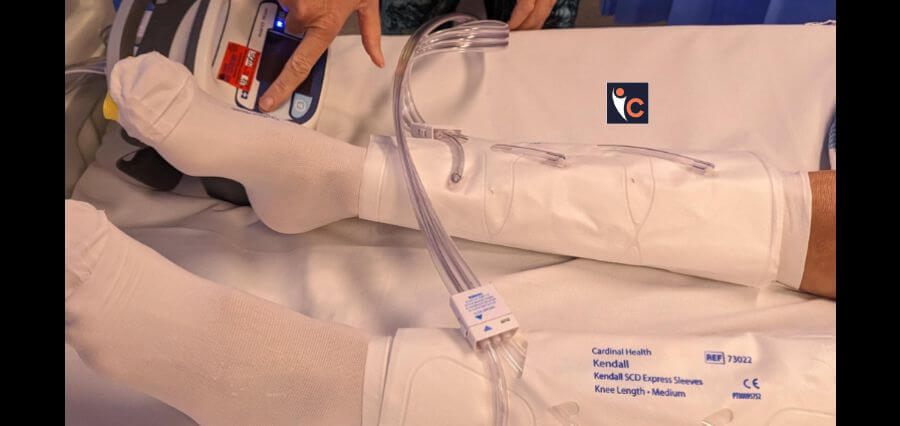The human norovirus has been successfully reproduced by food virologists at the National University of Singapore (NUS) using zebrafish embryos, offering a useful platform to evaluate the efficacy of virus inactivation for the food and water treatment industries.
As of right now, human norovirus (HuNoV) is the most common cause of acute gastroenteritis globally, accounting for an estimated 684 million cases of diarrhea and 212,000 deaths annually. A significant obstacle to norovirus research for a long time has been the lack of an in vitro culture method. Human biopsy specimens from surgical or endoscopic procedures are often hard to come by and form the foundation of the most recently optimized human intestine enteroid model, which was created to facilitate HuNoV replication. Furthermore, maintaining these cells requires a lot of labor and resources.
Zebrafish embryos can be employed as a host for HuNoV cultivation, according to study team lead by Assistant Professor Li Dan of the NUS Department of Food Science and Technology and Professor Gong Zhiyuan of the NUS Department of Biological Sciences. This discovery was made by accident. The zebrafish embryo model can effectively mimic HuNoVs and is robust and straightforward to use. To the best of their knowledge, this study is the first to show the largest fold-increase over the baseline. Above all, this paradigm allows HuNoV to be continuously passed over in a lab environment. By using this paradigm, scientists may efficiently spread and maintain the existence of HuNoV across time, allowing them to investigate its behavior, reproduction, and other characteristics in greater detail.
“The zebrafish embryo model represents an essential improvement in the HuNoV cultivation method,” Assistant Professor Li stated. This tool can improve HuNoV-related research in terms of both breadth and depth because of its great resilience and efficiency. It is anticipated that this instrument will be crucial in determining HuNoV inactivation parameters in addition to contributing to the progress of epidemiological research on the virus. The food and water treatment sectors desperately need these parameters in order to create better strategies to stop the virus from spreading.
The research team intends to use the zebrafish embryo model in the future to look at ways to inactivate HuNoVs in food goods. Detecting viral HuNoV in food products successfully is still a challenging task. Even if more improvement and optimization are needed, the research team’s current efforts have a lot of potential to succeed in completing this difficult undertaking.
Read More: https://insightscare.com/















